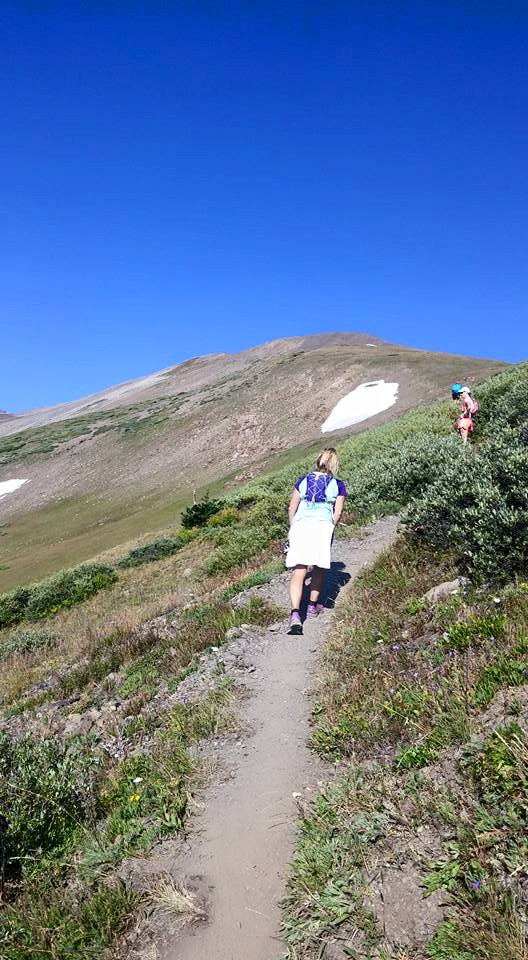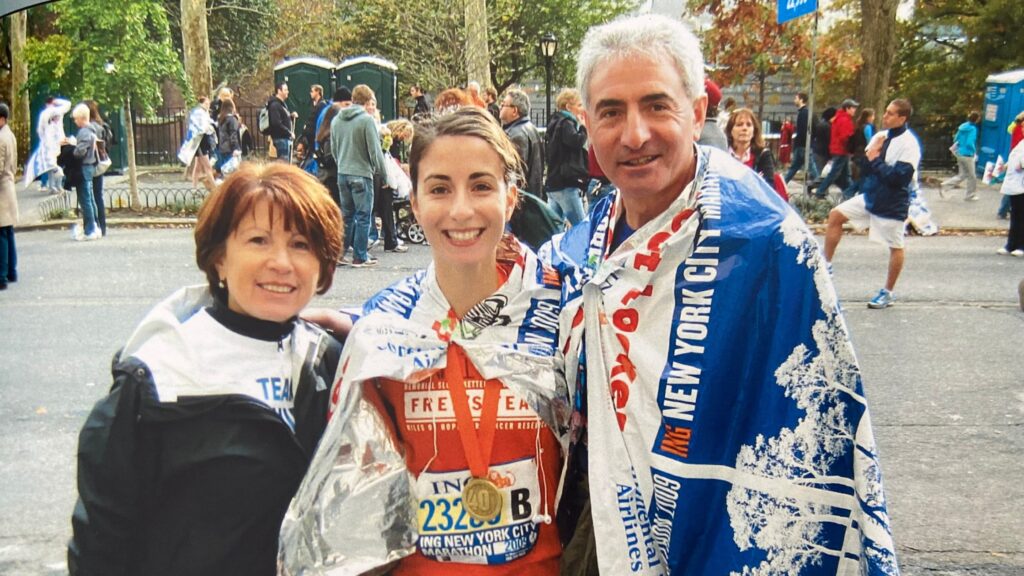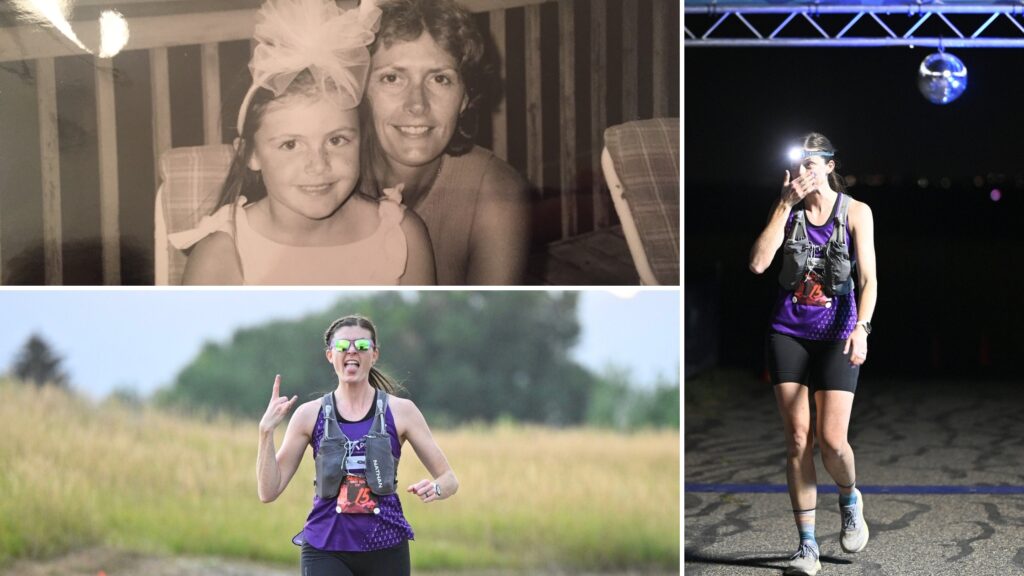I still remember when I first learned about Ultramarathons. I had recently moved to Colorado, where races like the Leadville 100 and the Hardrock 100 are considered by many to be the ultimate endurance events. I had several marathons already under my belt, but thinking about going nearly four times farther seemed simply impossible. In every marathon I had ever finished, I felt like I could not have possibly gone one more step. Yet, I was intrigued. I wondered, “Could I do it? Do I have what it takes to finish an ultramarathon?” In the early 2000s, I ran my first 50k. It was a very small, low-key trail event in the Denver, CO area. I was immediately hooked. As much as I was drawn to the big city, party atmosphere of a road marathon, I also found that I loved the quiet, low-key aura of the ultramarathon. I knew I had to do more and to try to go farther. We have recently had several people sign on to run Ultramarathons through the Project Purple Pioneer Program. We have also had some of our alumni become interested in moving up from the marathon distance. To address the needs of our runners, we will have some upcoming blog posts specifically directed at preparing for and completing ultramarathons.
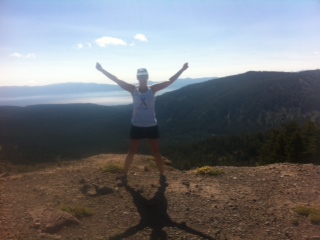
An ultramarathon is defined as any race longer than a traditional marathon. The most common distances for ultras, as they are referred to, are 50k, 50 mile, 100k and 100 mile. Marathons have experienced an explosion in popularity over the last few decades. According to Running USA, in 1976 there were approximately 25,000 marathon finishers in the United States. In 2013, there were approximately 540,000 marathon finishers in the US. In recent years, ultramarathons have also seen a dramatic increase in participation. According to data from Running Times magazine, in 2014 just over 34,000 people in the US finished ultramarathons of 50k or longer. It is estimated that just over 7,000 runners finished the 100 mile distance in the US in 2014. Even though the popularity of ultras has grown exponentially over the last decade, the number of finishers still pales in comparison to the number of people who finish marathons. Why on earth would anyone want to run longer than 26.2 miles?
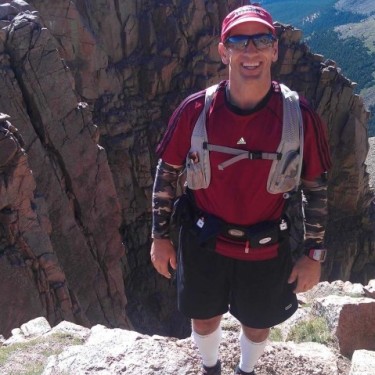
People decide to tackle the ultramarathon distances for any number of reasons. Many ultramarathoners have already completed several traditional marathons and are simply looking for their next ultimate challenge. Project Purple Pioneer Program runner Ruth Gentry recently ran the Tahoe Rim Trail 50 mile and Castle Peak 100k races in honor of her friend, Dustin, who was battling pancreatic cancer. When Ruth decided to move into the realm of ultras, she had already run several marathons. She told herself that she could run six more miles and finish a 50k. “It was the idea of going farther than I had ever run before to see if I could do it which initially attracted me,” Ruth explains.
Some people come to ultras when they discover a love for trail running. Though not all ultramarathons take place on trails, many do. Project Purple runner and ultramarathon runner Matt Randle discovered ultras when he met with a group for a training run on the trails. “I went out for a couple of 3 mile loops and just fell in love with running around in nature on the trails. I started thinking to myself that I need to see if they have trail marathons. Little did I know they had a 50k just a few months away.”
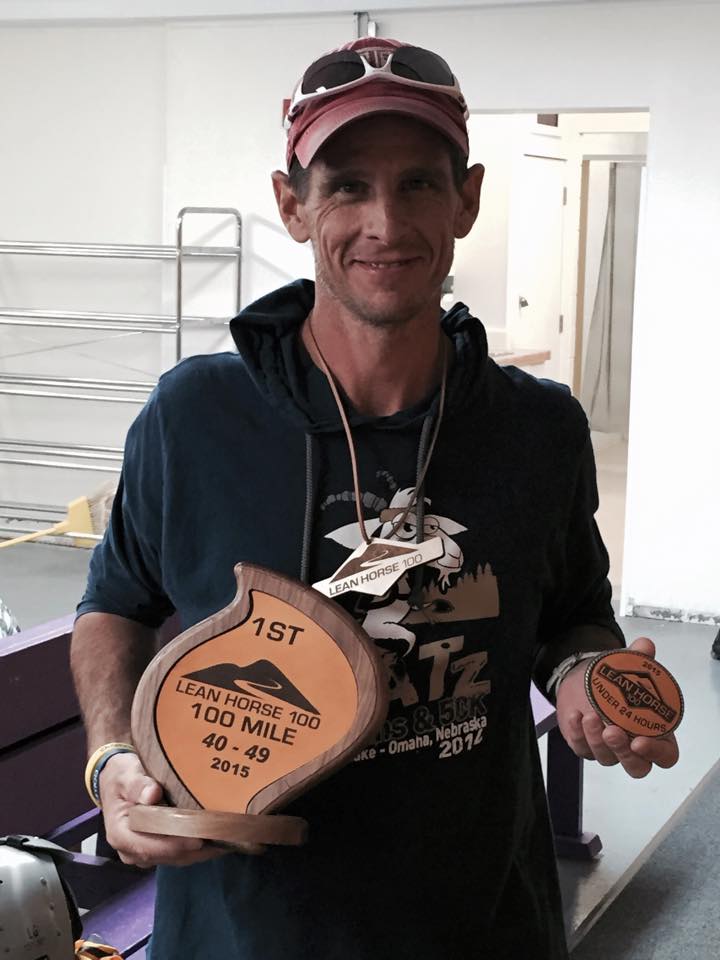
Runners often find that the ultrarunning community is a little different than the road running community. “The ultrarunning community is just a fantastic bunch of people,” Matt Randle says. “It can be pretty competitive at times, but most of the races I have been to, the people are just so laid back. They are all out there just to enjoy a crazy, long day of running. I love being around people with great attitudes in life.” Ruth Gentry adds, “I like ultras because I find road running boring. You always have to change things up with trail ultras, as when you go off trail, you have to be more alert to your surroundings. Also, the ultra community feels more like a family.”
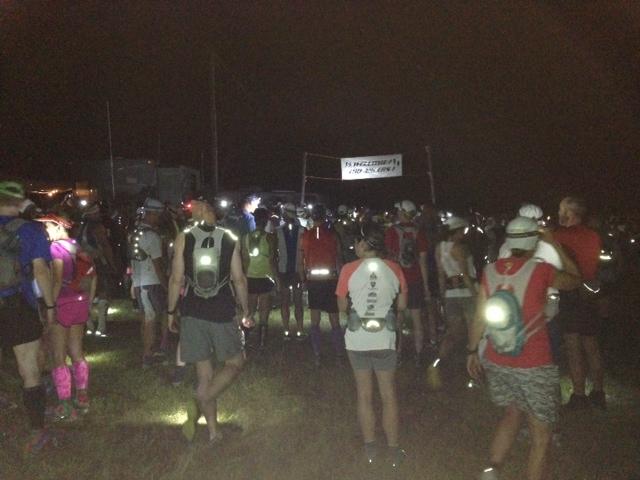
Ultramarathons are considered extreme athletic events. It is precisely because they are perceived to be difficult that many runners are drawn to ultras. Whereas most road marathons provide plentiful aid stations, many ultramarathons are held in remote areas with aid stations few and far between. Ultramarathon runners are required to consider nutrition and hydration at a whole different level than might be necessary for road runners. Ultrarunners often have to go many miles on remote trails between aid stations. They must be prepared to be relatively self-sufficient while out on the trails. Depending on the race distance, runners may have to be prepared to run through the night. Temperatures can swing between freezing cold at night to steaming hot during the day. Proper clothing and equipment becomes vitally important. Ultrarunners are known for their obsession with hydration packs and headlamps. Preparation is crucial for success in ultramarathons, and being ill-prepared could mean a DNF (did not finish) in a race.
For those of us who have chosen to run ultramarathons, we are often attracted to them specifically because they are difficult and they involve a great deal of problem-solving while on the go. It is empowering to know that you have attained running goals while battling weather extremes, darkness, difficult trails, digestive system woes and physical discomfort. Matt Randle says, “I love ultras because they bring out my inner strength and toughness. I just love to push myself.” Ruth adds, “I feel alive when I run ultras. It makes you push your psychological and physical comfort level. Just when you think you cannot go any farther, you find you can. I feel it brings excitement and also peace to my life.”
There are many people who have come to ultramarathons as a way to disengage from an unhealthy lifestyle. Ultramarathon runner Larry DeWitt adds that running long distances saved him from his very troubled youth. As a teenager, Larry ran away from home, became homeless and started using drugs. “One day I saw my future and it was not good,” he explains. “I started running and I ran for a long time. I liked it. I went back to school and have been running and biking ever sense. I can’t explain it but that run liberated me from the incredibly awful life I was heading for and I still love the feeling. It also adds daily adventure to an otherwise incredibly normal middle class life. I love being pushed to my limits and discovering that my limits keep expanding. I thrive on that.”
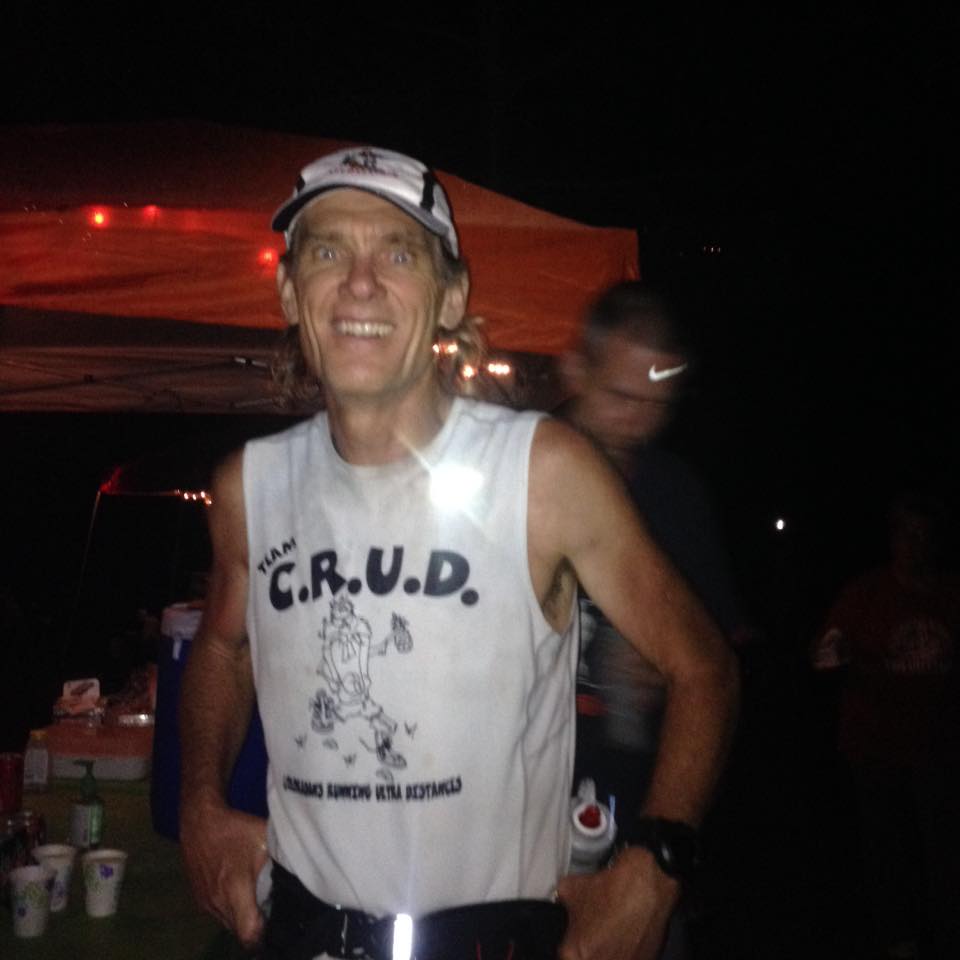
Each time I have tackled an ultramarathon, I have had to battle both physical demons and a brain that has screamed at me to quit. Yet, each time I have crossed the finish line, I have been so incredibly proud of my accomplishment. I faced my own pancreatic cancer battle shortly after completing my first 100 mile race. I believe with all of my heart that training for and completing that ultramarathon helped to prepare me for my cancer battle.
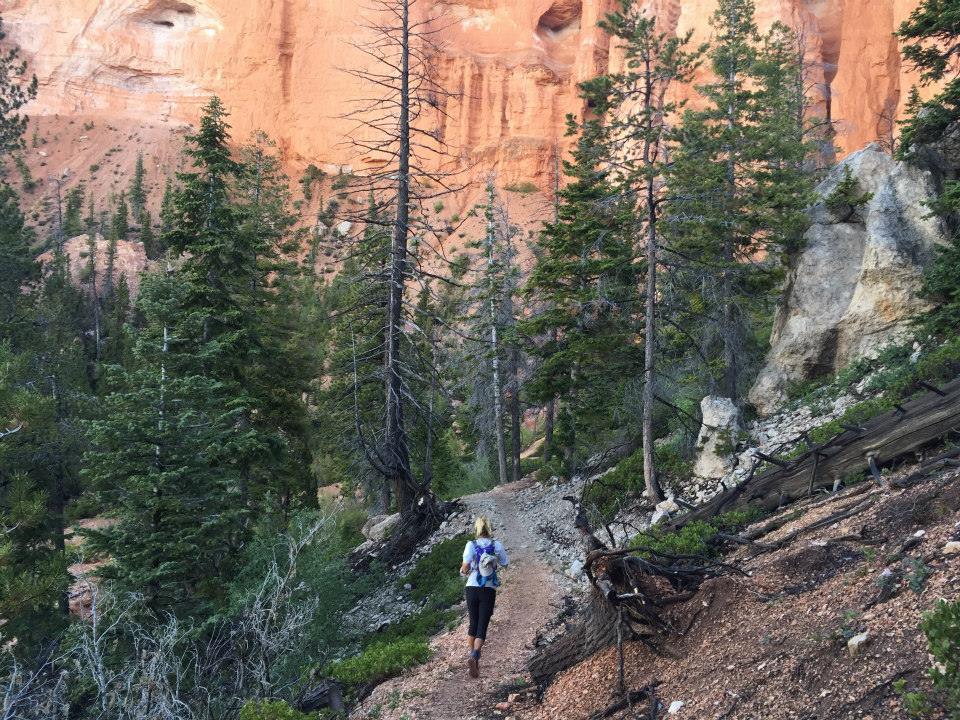
Look for future blog posts on ultramarathon specific training. Anyone interested in running an ultramarathon to benefit Project Purple is encouraged to apply through our Pioneer Program.

